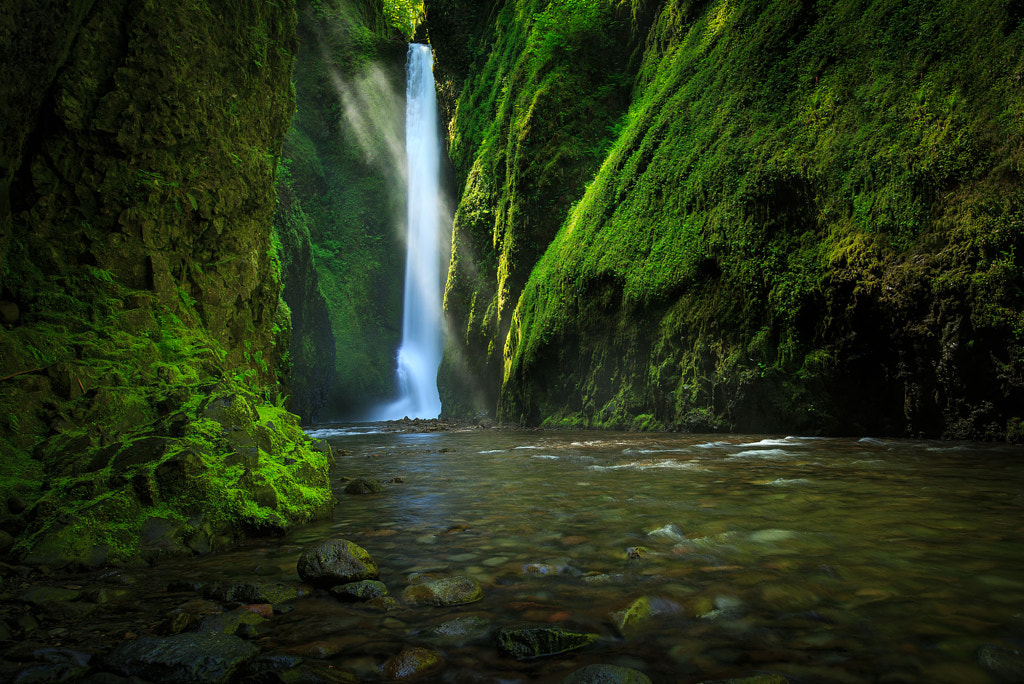![]() At the end of October, 2019, my photo library contained approximately 60,000 images, mostly taken over the past 20 years. (Of those, nearly 40% are from the past five years.) Comparing the size of my library with those of friends of mine, I’m about average, but still, 60,000 is a big number, and managing that many photos can be a bit intimidating. I once topped out at 80,000 photos, but about six years ago I came up with an exercise — pruning a single year’s worth of photos — that has helped me get my library better organized and more efficient. As a photo-management tool, I felt it was worth sharing here.
At the end of October, 2019, my photo library contained approximately 60,000 images, mostly taken over the past 20 years. (Of those, nearly 40% are from the past five years.) Comparing the size of my library with those of friends of mine, I’m about average, but still, 60,000 is a big number, and managing that many photos can be a bit intimidating. I once topped out at 80,000 photos, but about six years ago I came up with an exercise — pruning a single year’s worth of photos — that has helped me get my library better organized and more efficient. As a photo-management tool, I felt it was worth sharing here.
The editing conundrum
I tend to do the majority of my editing — culling, sorting and post-processing — on my most recent photos. For example, out of a shoot where I end up with 600-800 images, I’ll quickly get that to upwards of 50 selects, and I will then spend most of my time working on those photos. The rest soon get lost into the archives. It’s not that they’re unimportant, but they aren’t compelling to me at the moment, and as such, they end up disappearing. As time goes on, and I take more photos, it becomes harder to find key photos from the past (at least those non-portfolio photos), or to even know what I might have hidden that is of some value.


 True to its annual, autumnal form, Adobe today announced
True to its annual, autumnal form, Adobe today announced 